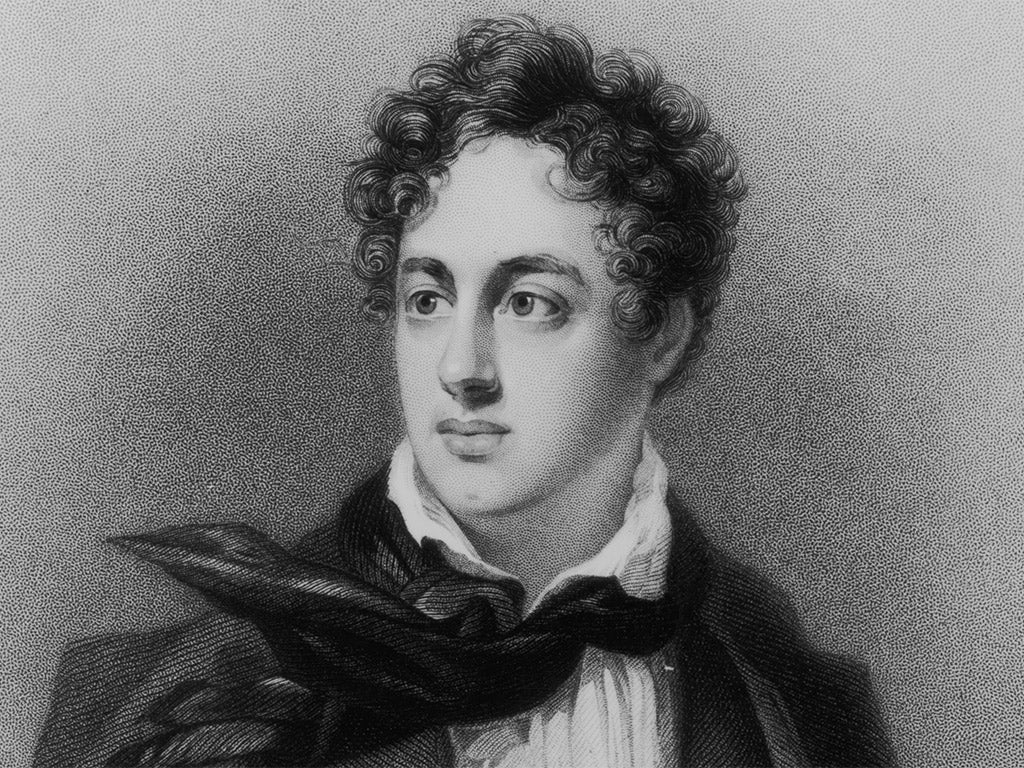April Fools' Day: As someone whose work involves tricking the public, here's what makes a good hoax
A good hoax can be a thing of unsettling beauty. Executed perfectly, it can become a work of art


Each year, the 1st of April sends the usually serious world of journalism into spasms of excitement, as titles attempt to outdo one another in coming up with the best April Fool’s Day story. But hitting the perfect note is notoriously difficult.
The best hoaxes stretch the limits of believability almost to breaking point, but without allowing them to snap. A good hoax can be a thing of unsettling beauty, and, executed perfectly, it can transcend it trickster origins and become a work of art. But I would say that.
In January, I presented Lord Byron’s bong at the London Art Fair in Islington. It had been found alongside several other items, so the story went, underneath a loose floorboard during routine maintenance work at Trinity College, Cambridge. We priced it at £1.1m, and marked it as sold. The responses we got ranged from anger that Trinity had not benefited financially from the sale to annoyance that some minor fact about Byron was inaccurate. But nobody questioned the object’s authenticity.
As hoaxes go it was relatively low key, but it did raise some interesting questions about what exactly makes a good hoax, and what, if anything, they might mean.
One of the greatest hoaxes of recent decades, and certainly my favourite, was perpetrated by the writer Clifford Irving. In the 1970s, Irving lived on Ibiza next door to the art forger Elmry de Hory, and had recently written a biography of his infamous neighbour. Irving’s career was on a downward trajectory and he was struggling to convince his publisher to give him a contract for his next book.
At the time, arguably the most famous man in the world was the billionaire Howard Hughes. A serial entrepreneur, Hughes was reported to be the world’s wealthiest self-made man, and had been a recluse since 1958. Irving came up with the fanciful scheme of writing Hughes’ "authorized autobiography" believing that, because Hughes had completely withdrawn from public life, he would not come out of hiding to denounce the book.
Irving forged a letter from Hughes claiming that he had read and admired Irving’s book on De Hory, and would Irving be interested in writing a similar book on him. Irving sent the letter to his publisher McGraw-Hill, who invited him to their offices in New York where contracts were signed and an advance paid of $100,000, with a further $400,000 for Hughes.
None of this in itself would be enough to make a truly great hoax, but what Irving did next propelled what had started as an elaborate scam into a work of art. Irving claimed that the eccentric Hughes would only meet in exotic locations around the world, including once on the top of a Mexican pyramid, Monte Alban, near Oaxaca. He then went into meticulous detail about Hughes’ missing years.
The story became more and more improbable: weeks spent diving naked with Ernest Hemingway; numerous love affairs with now deceased Hollywood starlets; time passed pretending to be a beggar in India.
The more outlandish the fabrication, the more excited his publishers became. Irving negotiated the price of the book, on Hughes’ behalf, up to $765,000. Life magazine bought the rights to serialize it. When the manuscript was finally delivered, it was claimed by all involved to be a brilliantly-written portrait of a fascinating and complex man.
When the artifice started to crumble, as these things inevitably do, McGraw-Hill had a forensic hand writing expert study Hughes’ forged letters, and made Irving take a lie detector test.
The letters were deemed genuine, and the test inconclusive. Even when, on 7 January 1972, Hughes organised a telephone interview with seven journalists, declaring the book a fake and calling it ‘totally fantastic fiction’, Irving simply denied that it was Hughes on the phone. With the pressure mounting Irving eventually confessed, voluntarily paid back the $765,000, and was harshly sentenced to 17 months in prison.
Irving’s Hughes manuscript went unpublished for decades, and has never been published in the US. It’s a riveting read and a brilliant work of fiction. Seldom do you come across a first person novel so entirely convincing.
Irving’s hoax, along with William Boyd’s invention of the fictional artist Nat Tate, transcended their playful beginnings and became something more than elaborate versions of an April Fool’s joke.
Irving claims it was never the money that motivated him, but the elegance of the idea. Boyd is quoted as saying he wanted to show “how credible a pure fiction could be”. Maybe that’s what defines a truly great hoax, that it can be judged as having all of the attributes we associate with a great work of fiction and requires the same amount of creative genius to pull off. It’s unsettling to know that fiction can be so convincing that if it’s not pointed out to us we will believe it to be the truth.
There is nothing new about the idea of the April Fool, or hoaxers in general. Tales of tricksters are rife in the stories told by almost all cultures, from Br’er Rabbit to the Viking god Loki. Characteristically, their role is to playfully challenge conventional rules and momentarily disrupt normal life, lifting the rug to force us to examine some aspect of ourselves or our culture, so that when they put it back, everything is not quite as it used to be.
This is certainly true of the hoaxes of Clifford Irving and William Boyd who both, in their own way, unsettled the worlds they deceived, and raised uncomfortable questions for the people in them. As literary historian Douglas Blackwell put it “what a wonderful thing to be deceived when by being so, we experience a rare moment to see ourselves as we truly are”.
Mike Snelle is a member of the Connor Brothers, the artists which helped the Independent curate its own April Fools' Day hoax

Join our commenting forum
Join thought-provoking conversations, follow other Independent readers and see their replies